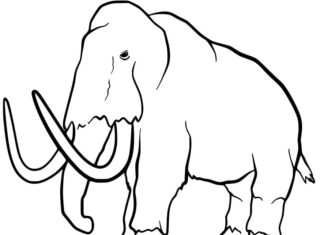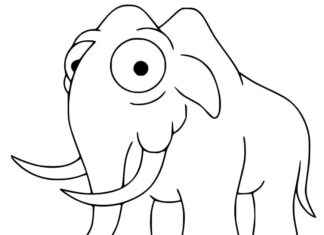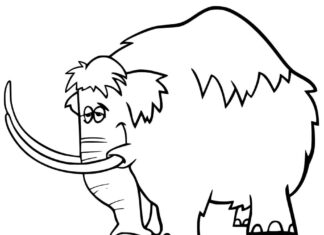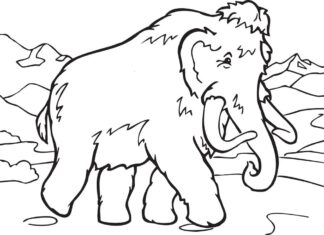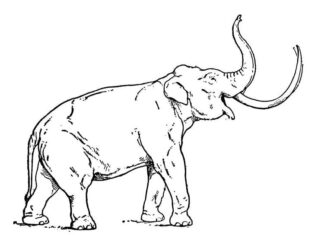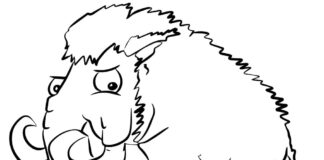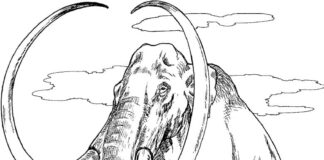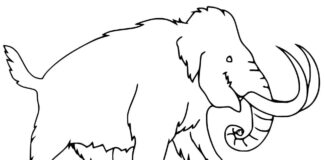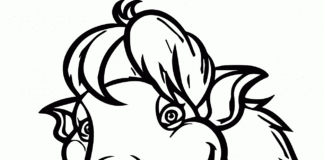The mammoth is an extinct species of large mammal in the trumpet family that occurred on Earth for most of the Ice Age
Mammoth Coloring Pages
Information
Appearance and Characteristics: Mammoths were large mammals with long curved tusks and long hair, which helped them survive in the cold conditions of the Ice Age. They had massive bodies and wide hooves, which made it easier for them to move over ice and snow.
Occurrence: Mammoths were found in areas of Asia, Europe, North America and North Africa. They were adapted to a variety of environments, including open plains, tundras and forests.
Diet: The main source of food for mammoths was plants, such as grasses, shrubs and leaves. Their long tussocks were useful for extracting food from under a layer of snow or ice.
Extinction: Mammoths became extinct at the end of the Ice Age, about 10,000 years ago. This extinction was the result of climate change, habitat loss, human hunting and other factors.
Archaeological Discoveries: Discoveries of mammoth remains provide scientists with valuable information about climate, environment and life during the Ice Age. They are often found preserved in ice or peat, which helps preserve their structure.
Mammoth Lazy Fur: One of the interesting discoveries is the so-called "lanky fur mammoth" (Mammuthus primigenius), which had thick and long hair, an adaptation to cold conditions.
Cloning the Mammoth: In recent years, there has been controversy and research on the possibility of cloning mammoths from well-preserved genetic material. Although a scientific challenge, it is still a topic of discussion.
Trivia
- Diversity of Species: There were many different species of mammoths, varying in size and anatomy. Some were smaller, while others reached impressive sizes.
- Performance in Extreme Conditions: Mammoths were adapted to the harsh conditions of the Ice Age. Their thick fur, fat layer and muscles allowed them to survive the low temperatures.
- Remains in Permafrost: Mammoth remains, which are often found, have been preserved by being frozen in permafrost, allowing scientists to recreate the appearance and behavior of these animals.
- Milk Teeth: Mammoths had distinctive curved canine teeth that were used to process hard plants such as grasses and leaves.
- First Discoveries: The first known discovery of mammoth remains took place in 1705 in Russia. The remains were initially mistaken for those of giant humans.
- Human Impact: The human impact on the extinction of mammoths is a topic of research and debate. Humans likely played a role in hunting these animals, which may have hastened their extinction.
- The Myth of the Animal Frozen at Eating Time: A popular myth says that some mammoths froze suddenly while eating. However, research indicates that the process of their extinction was more complex.
- Mammoths in Culture: Mammoths have been present in people's culture for centuries, as reflected in cave paintings, folk tales and art.
- Hairy Mammoth: The woolly mammoth, or Mammuthus primigenius, is one of the best-preserved mammoth species. Its valuable remains provide information for scientists.
- Cloning the Mammoth: The concept of cloning mammoths has generated much excitement and controversy. Scientists are experimenting with the use of discovered DNA remnants to try to bring back this extinct species.

